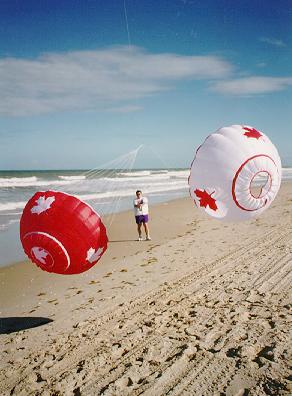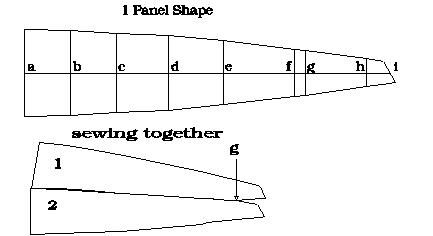![]()

Canada Bols courtesy Carlos
Simoes![]()

![]()
Distance from leading edge (inches)
a = 0, b = 4.0, c = 8.0, d = 12.4, e = 17.2, f = 23.4, g = 24.3, h = 29.6, i = 31.6
Width of panel (inches)
a = 7.6, b = 7.4, c = 7.0, d = 6.5, e = 5.6, f = 4.2, g = 3.9, h = 2.5, i = 1.9
note: The angled end is 2.1 inches long and the longer edge is 1 inch
greater than the short edge. The point last point, 1.9 inches is on the centre
line like the rest of the points in the chart and is a vertical
height.
By Ed Hummel
ed.hummel@sympatico.ca
· Use & share these
plans & write me, Ed Hummel with your comments or questions. If you use
our plans to make a bol please send us a .jpg of your bols to add to our home
page.![]()
